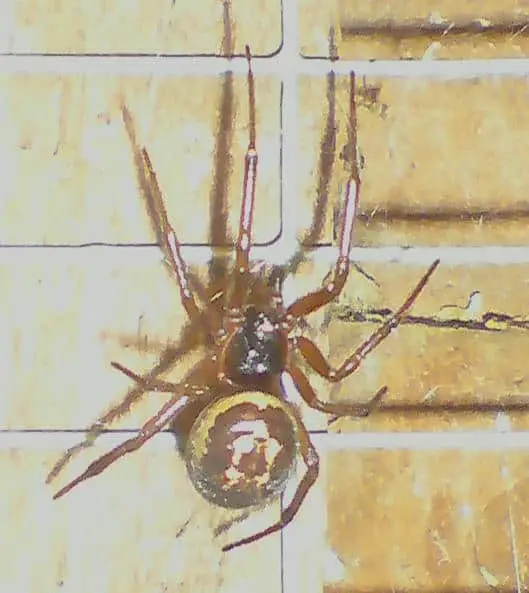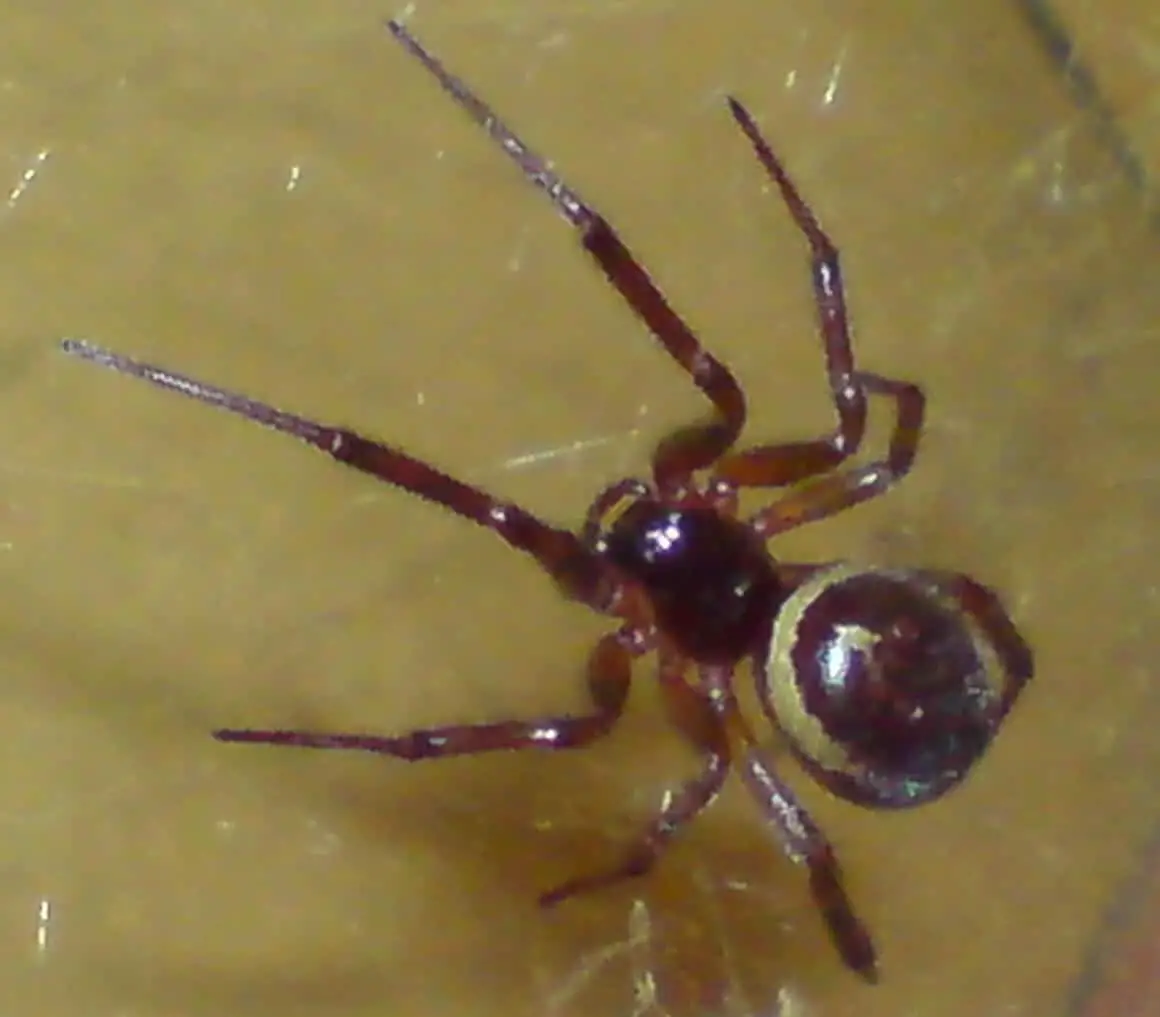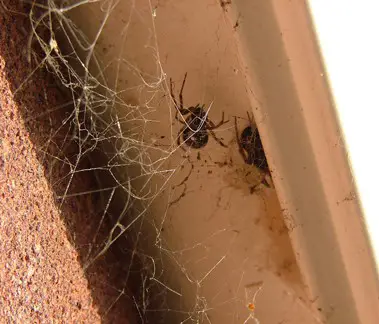Table of Contents
Habitat and range
In common with other members of the Theridiidae family, Steatoda nobilis constructs a cobweb, i.e., an irregular tangle of sticky silken fibers. As with other web-weavers, these spiders have very poor eyesight and depend mostly on vibrations reaching them through their webs to orient themselves to prey or warn them of larger animals that could injure or kill them.
Distribution
The spider is found in the Canary Islands, in England around Hampshire, Isle of Wight, Devon and Cornwall, Dorset and Essex , and in Madeira; it has also been observed in parts of continental Europe, Africa and USA.
Population growth in UK
As with many animals extending their range from the continent, the distribution of S. nobilis is expected to increase northwards in the UK, due at least partly to climate change. The False Widow spider first arrived in banana shipments from the Canary Islands in around 1870.
This prediction was reported by Stuart Hine of the Natural History Museum. The spider and alarming stories about it regularly feature in newspaper articles. Hine responded on the naturenet blog, stating, “Of course I also explain the great value of spiders and how rare the event of spider bite in the UK actually is. I also always explain that up to 12 people die from wasp/bee stings in the UK each year and we do not panic so much about wasps and bees – but this never makes it past editing.”

Medical significance
They are not aggressive, and most injuries to humans are due to defensive bites delivered when a spider gets unintentionally squeezed or pinched somehow. It is possible that some bites may result when a spider mistakes a finger thrust into its web for its normal prey, but ordinarily intrusion by any large creature will cause these spiders to flee.
The bite of S. nobilis is known to be medically significant in humans, however without any long-lasting effects. The bite of this spider, along with others in the genus Steatoda, can produce a set of symptoms known as steatodism. Symptoms of bites include intense pain radiating from the bite site, along with feverishness or general malaise.
In 2006 a Dorchester man spent three days in Dorchester County Hospital with symptoms of heart seizure, after suffering a spider bite believed to be caused by S. nobilis. (A spider was observed in the act of biting the man; however it was not captured and positively identified by an expert).
The bite of S. nobilis, like other Steatoda spiders is far less dangerous to humans than that of true black widows.
False Black Widow Bite
False widows have a bit of a reputation for biting people, although in truth, this is quite a rare occurrence. You would need to be very unlucky, or go out of your way to be bitten. They only bite if mishandled or provoked. The bite is not usually felt. Bite mark area may become raised. These spiders are now found in Great Britain.
Symptoms:
- Many bites are no worse than the sting of a bee sting with no further symptoms
- Severe bites will cause local burning sensation followed by radiating pain within a short space of time
- Flu-like symptoms, aches, sweats, fatigue, perspiring, cold & shaky, sick & giddy
- Swelling, purple or bluish tinge
Treatment:
- Seek medical attention if further symptoms develop or a young child is bitten.
- Do not apply a pressure bandage. Keep the patient calm and quiet to avoid spreading the venom
- Redback/black widow antinvenene is used for the bite if needed
Click here for more photos of False Widow Spiders.


Information and pictures were taken from children’s projects and where credited to that child does not claim to be original information. Where possible, permission to reproduce has been sought. Any infringement of copyright is purely unintentional.
